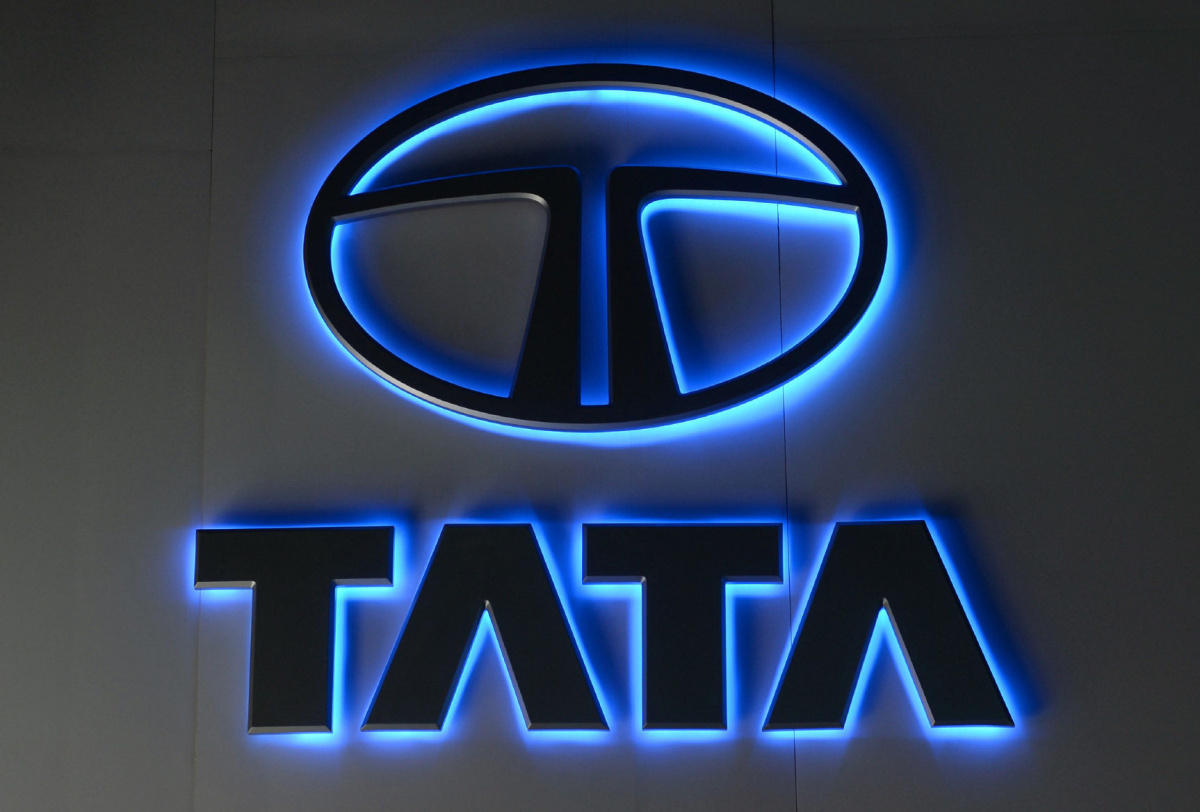Tata Motors global sales rise 5% in Q1 on the back of 30% surge in JLR volume

Tata Motors global sales rise 5% in Q1 on the back of 30% surge in JLR volume
Tata Motors, an Indian automotive company, has reported a 5 percent year-on-year increase in its global wholesale numbers for the first quarter of FY24. The total number of vehicles sold, including those from its subsidiary Jaguar Land Rover, reached 3,22,159 units during this period.

Tata Motors is a major player in the automotive industry and has a diverse portfolio of vehicles, ranging from passenger cars to commercial vehicles. The company owns several well-known brands, including Tata Motors, Jaguar, and Land Rover.
The increase in global wholesales indicates a positive trend for Tata Motors, suggesting a growing demand for its vehicles in various markets worldwide. This growth could be attributed to factors such as new product launches, improved market conditions, and the company’s efforts to expand its customer base.
Jaguar Land Rover, a luxury car manufacturer, is a subsidiary of Tata Motors and contributes significantly to the company’s overall sales numbers. The brand is known for its premium vehicles, which cater to a niche market segment. The performance of Jaguar Land Rover’s vehicles has a significant impact on Tata Motors’ overall financial results.

By reporting a 5 percent growth in global wholesales, Tata Motors demonstrates its ability to compete and succeed in the highly competitive automotive market. The company’s focus on innovation, design, and customer satisfaction likely contributes to its continued growth and success.
It’s worth noting that the information provided is based on the knowledge available up to September 2021, and the current situation may have evolved since then. For the most accurate and up-to-date information, I recommend referring to official sources or Tata Motors’ latest financial reports.
In the first quarter of the current year (Q1), Tata Motors reported a global wholesale figure of 88,456 units for its commercial vehicles, including the Tata Daewoo range. This number reflects a 15 percent decrease compared to the corresponding period in the previous year.
)
Global wholesale refers to the total number of units sold by the company to its dealers or distributors worldwide during a specific time frame, in this case, Q1. It provides an indication of the company’s overall sales performance on a global scale.
The decline of 15 percent in global wholesale indicates that Tata Motors sold fewer commercial vehicles in Q1 compared to the same period in the previous year. A decline in wholesale numbers could be influenced by various factors, including market conditions, customer demand, economic factors, and competitive pressures.

It’s worth noting that while this information provides insights into Tata Motors’ commercial vehicle sales performance, it does not provide details about the specific reasons behind the decline. To fully understand the factors contributing to this decrease, additional information would be required, such as regional sales figures, market analysis, and company statements.
Jaguar Land Rover (JLR), an automaker, announced on July 7 that its order book remained robust with over 185,000 client orders at the end of the quarter. This positive figure indicates that the company continues to enjoy strong demand for its vehicles. The ongoing improvement in chip and other supply constraints has contributed to this favorable situation.
The three models that stood out in terms of demand were the Range Rover, Range Rover Sport, and Defender, which collectively accounted for 76 percent of the order book. These popular models have been driving sales growth for JLR.
Moreover, based on preliminary cash balances, JLR anticipates reporting a positive free cash flow of more than £400 million in the first quarter of the fiscal year 2024. This financial outlook indicates that the company’s cash inflows are expected to exceed its cash outflows during this period. Positive free cash flow is generally a positive sign for a business, as it allows for reinvestment, debt reduction, or other strategic initiatives.

Overall, JLR’s strong order book and positive free cash flow projection for the first quarter of FY24 reflect a positive outlook for the company. Continued improvements in supply constraints and the sustained popularity of key models have contributed to this favorable situation.
According to a note by foreign broking firm Jefferies, both Jaguar Land Rover (JLR) and the India businesses are expected to perform well in the fiscal year 2023-2024 (FY24). Jefferies anticipates that this strong performance will drive earnings growth and result in deleveraging for the company.
Jefferies further stated that by FY25, they expect the earnings before interest, taxes, depreciation, and amortization (EBITDA) to be 2.1 times the FY23 figure. They also projected that the earnings per share (EPS) would reach an all-time high, and the automotive company’s balance sheet would turn to net cash. Jefferies’ estimates for FY24-25 EBITDA and EPS are reported to be approximately 11-12 percent and 40 percent higher than the market consensus, respectively.
On July 7, the stock of the company reached an all-time high level of Rs 624.80 on the National Stock Exchange (NSE), indicating a significant increase in investor confidence and market demand for the company’s shares. The stock closed more than 3.6 percent higher, further highlighting the positive sentiment among investors.
This surge in the company’s stock price can be attributed to various factors such as strong financial performance, positive market sentiment, favorable industry conditions, or significant company developments. Investors may have reacted positively to news about the company’s growth prospects, product launches, partnerships, or other favorable announcements.
Furthermore, in a separate filing with the stock exchange, the company announced that it will release its financial results for the June quarter on July 27. This announcement indicates the company’s commitment to transparency and timely disclosure of financial information to its stakeholders. The upcoming financial results will provide investors and analysts with insights into the company’s performance, including revenue, profits, and key financial metrics for the specified quarter.
The release of financial results is an essential event for publicly traded companies as it allows investors to assess the company’s financial health, profitability, and overall performance. Investors often analyze these results to make informed investment decisions and to gauge the company’s ability to generate future earnings and sustain growth.

Market participants, including investors, analysts, and financial institutions, will eagerly await the release of the financial results on July 27. The subsequent reaction of the stock price to the announced results will depend on whether the company meets, exceeds, or falls short of market expectations. Positive results may lead to further price appreciation, while disappointing results may result in a decline in the stock price.
It is important to note that stock market movements are influenced by various factors, including economic conditions, industry trends, geopolitical events, investor sentiment, and company-specific news. Therefore, it is advisable to conduct thorough research and analysis, taking into account a wide range of factors, before making any investment decisions based on stock market performance or financial announcements.



